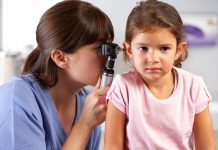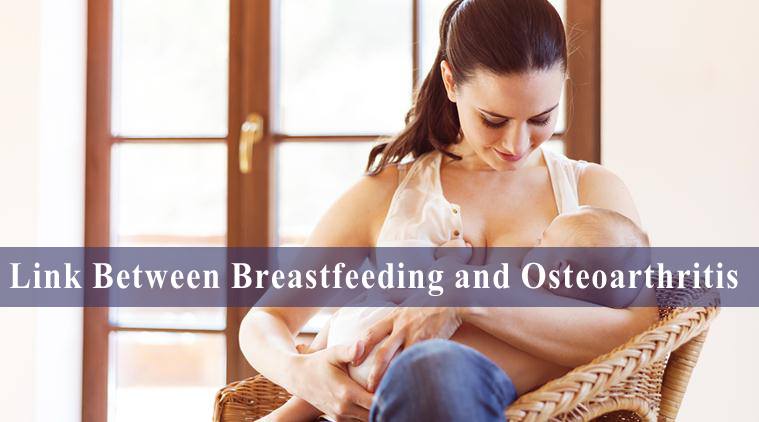In this article, we will talk about the influence of social media on the behavior of people, particularly the impact of likes on social media and why you should buy IG likes. Firstly, we will give an introduction where we will talk about why people like certain pictures and the response of the brain in this process. After that, we will talk about peer influence and how people of the same age group influence people. Thirdly we will discuss the motivation of online usage and if people’s online behavior gets influenced by their peers. At last, we will give a short conclusion about this article.
Read More: Is Social Media Causing Brain Drain In Kids?
Psychology Behind Likes on Social Media
Social network platforms more often than not offer the ability to ‘like’ the content that is posted by other people. In this article, we will examine the effects of the neural and behavioral responses to pictures. To do this high school and college students were asked to view theirs and other Instagram pictures while undergoing an fMRI. An fMRI is a functional Magnetic Resonance Imaging, and it measures brain activity. It was found that these participants were more likely to ‘like’ pictures and video’s that already had many likes.
So when they could choose to like a post with many likes or a post with few likes, they were more likely to ‘like’ the post with many likes. This is due to the response your brain gives when a picture has many likes. Popular pictures and video’s elicited greater activity in multiple brain regions, including the nucleus accumbens, which is a part of the brain’s reward circuitry. NAcc is short for nucleus accumbens.
Since the beginning of the early social networking platforms, young adults and adolescents have been part of the most enthusiastic and the first users of these social networking platforms. And not so long ago youth have come to social networking platforms designed for mobile devices. Some examples of these social network platforms are Facebook, Twitter and of course Instagram, which is one of the most popular social networking apps and the most used app when it comes to posting pictures and videos. At the beginning of social media there were concerns that adolescents might use the internet to meet strangers, but fortunately, they primarily use social media to interact with already existing friends.
Read More: 11 Tips to Raise Brilliant Child Scientifically
Peer Influence
People from the same age group have a significant impact on each other to behave positively or negatively, this is called peer influence. Almost all of the research that is focused on peer influence is in the context of risky behaviors. The years of puberty are a time of heightened risk-taking relative to childhood. However, there are certain behaviors marked as dangerous that peak during the college years, such as binge drinking. This type of increased risk-taking is likely the result of greater independence. However, the neural systems that are part of decision making in adolescence do mature considerably during the late teens and early twenties. Besides real-world peer influence, they also have a significant impact on each other through social media. Social media easily afford the learning of social values and norms.
An example of this is ‘likes’, ‘likes’ provide a big opportunity for social proof, when you get many likes you know you are on the right path to be liked by your peers, when you just get a few likes you know you have to change something to be more liked by your peers. Likes also provide the use of social comparison with peers to establish social behavior that is seen as appropriate by your peers. As said before participants were more likely to like pictures they believed were more popular, and the neural responded differed as a function of popularity.
When they received many likes on their pictures a video’s, they showed a greater activity of the NAcc, which suggests that ‘likes’ motivate online behavior and continued use of social networking platforms. This raises the question if this motivation is higher during adolescence. This because it was found that resistance to peer influence is more elevated in college years than during puberty or the early teen years.
Motivation Online Behavior
We raised the question if online behavior motivation is higher during adolescence. The results of this research showed that the NAcc responsitivity increased with age when looked at high school students but not when viewed at college students. This means that the motivation of likes for online behavior increases with age than stalls and decreases when people get to the adult phase of life. So, during puberty and early teens, they are likely to be influenced by peers to use social networking platforms. It was also found that when participants viewed pictures which showed risk-taking, the neural regions implicated in cognitive control showed decreased activation in high school students, but not in college students.
This means that high school students or this age group is greatly influenced by risky behavior. They are less likely to be able to control themselves not to show the same risky behavior. So as said people during puberty and their early teens are more likely to be influenced by online behavior and also have their behavior regulated by peers, even though they may not be aware of this influence.
Conclusion
In this article, we talked about the influence of social media on the behavior of people. It was found that people get influenced by peers to be active on social media and that their online behavior gets influenced by peers. This was particularly strong for people in their early teens, when you get older you gain a more significant resistance to peer influence. We also discussed why people like certain pictures, pictures which already have many likes are more likely to be liked by someone than a picture with a few likes.
There are many lessons that you can learn from this, one of which is that if you want to get more likes you need to post pictures that are more socially accepted by your followers, this will increase the chances your photo gets liked. Moreover, getting likes is not so different from making money, you need to have money to make money; you need to have likes to get likes.













